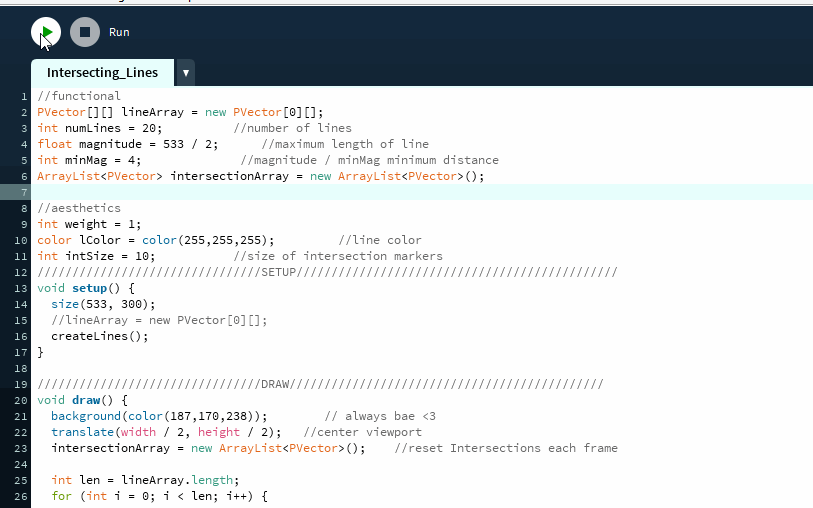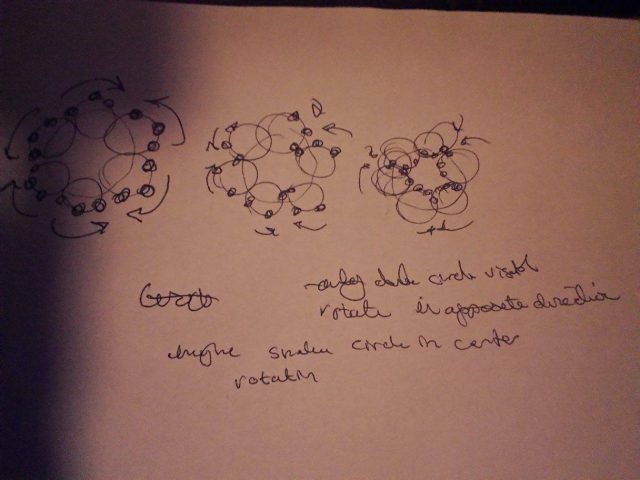Moritz Stefaner, who had been part of Data Cuisine, is a German visualization specialist, an independent designer, consultant, and researcher. He has worked with clients like FIFA, Skype, dpa, and has long-term consulting relationships with the OECD, the World Economic Forum, and the Max Planck Research Society- with whom he has worked to analyze large data sets. Stefaner has a background in Cognitive Science and Interface Design. Some of his previous projects include visualization of network security situations in real time, visualization of seasonal wind predictions for the energy sector, a study of the selfie phenomenon, visualization of data on the satisfaction of living in various countries, and visualizations of other scientific findings. Susanne Jaschko, who had worked with Stefaner in Data Cuisine, is a Berlin based independent curator, author, and lecturer. Her work is research-based, and she says that it “centers on an experimental art practice renewing the understanding of art and its social and cultural functions.” Her work is interdisciplinary, as it may sometimes involve things like architecture, design, or science, most significantly placing an emphasis on electronic art and digital culture. She has taught on an academic level in Germany and abroad in institutions such as Universität Leipzig, Oslo National Academy of the Arts (KhiO) or the University of applied sciences FH Potsdam. She also speaks at conferences, and publishes on themes related to her curatorial practice.
I appreciate the concept of data visualization because I find that presenting data as sensory stimuli is an exciting way to shape how humans interpret data. It creates a stronger connection between everyday people and the data that they experience, and with this strengthened connection, the data becomes more memorable. I think Stefaner’s idea of creating programs to explore data is effective in allowing an audience to experience this data, as interactivity creates an intimate relationship between the data and the user. The strictly visual aspects in these depictions of data are very complex, and this complexity creates a vocabulary within the work that a viewer can latch onto when interpreting the data. I am intrigued by bringing the concept of data visualization into installation work, which Stefaner does in Emoto. Emoto is a piece which depicts web activity related to the 2012 Olympic Games held in London. Stefaner scoured the internet for tweets relating to the Olympics and categorized the tweets as “happy”, “sad”, “angry”, etc., as well as detected topics of interest. With this, he was able to create a “real-time sentiment profile” for topics relevant to the games. The installation is comprised of 17 plates with a relief heatmap indicating emotional highs and lows of each day. Viewers were able to scroll through individual stories and most retweeted tweets per hour for each story using a control knob.
Data Cuisine, which Stefaner talks about during the 2016 Eyeo Festival, was a method of data visualization that was new to me, as it depicted data using elements of food such as taste, smell, texture, and even origin (origin of the food). In this project, Stefaner and Jaschko worked together with a group of local chefs and data specialists to create dishes that depicted a variety of data. For example, happiness data was collected from various countries and represented as sweetness in a cupcake, where the amount of sugar correlated with the level of happiness in a country (the more sugar, the more happiness). Smog from various cities was condensed and put inside meringues, so that participants in the workshop were able to taste the smog from these cities and gauge which cities had greater amounts of smog. Other interesting parts of the project include depiction of emigration through sectioning of a filet of a fish and giving each section a flavor specific to the place people from Spain moved to, before and after science cuts in Spain being depicted through texture of cake and also the process in which the cake was made (after science cuts cake used older methods of baking to make a statement that without science, society cannot progress), recording the trends in foreigners immigrating to Helsinki through varying levels of different spices from left to right of a slice of lasagna (Stefaner describes that a participant can actually eat their way through time, which I found amusing), and the depiction of poverty in a can of sardines.
Something that I found memorable when Stefaner talks about the project is when he uses the term “real-time foodification” when describing this process of expressing real-time data in food. I also thought it was interesting when Stefaner says that there is no such thing as “just food”. He really brought to my attention that food speaks measures about the origin of certain individuals, their identities, their culture, their health habits, and their lifestyles, which I found very eye opening. I’ve been thinking about food a lot more lately, as I’ve been trying to learn to cook now that I’m off my CMU meal plan, and I’ve been finding that I am more compelled to make dishes that my mom would usually prepare. I find that certain spices, textures, and combinations of food are specific to South Indian cuisine, and I feel like holding onto these recipes allow me to hold onto my roots (which I feel like I’ve started to value more while being away from home and having such control over what I eat). When Stefaner says that certain foods have the ability to take you somewhere, I understood what this meant, as I’ve recently been thinking about how certain combinations of ingredients (even though they might not come together exactly the way my mom put them together) brought me back home.
Eyeo 2016 – Moritz Stefaner from Eyeo Festival // INSTINT on Vimeo.
Emoto Installation from Studio NAND on Vimeo.
http://truth-and-beauty.net/
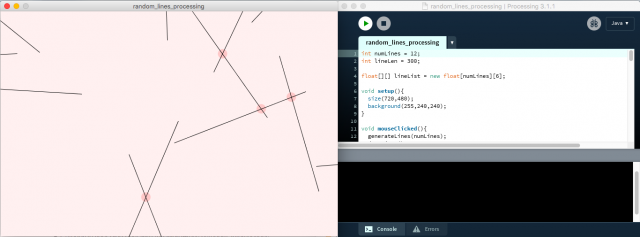
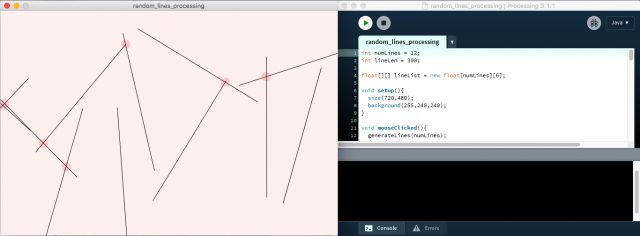
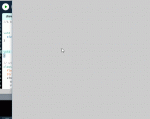
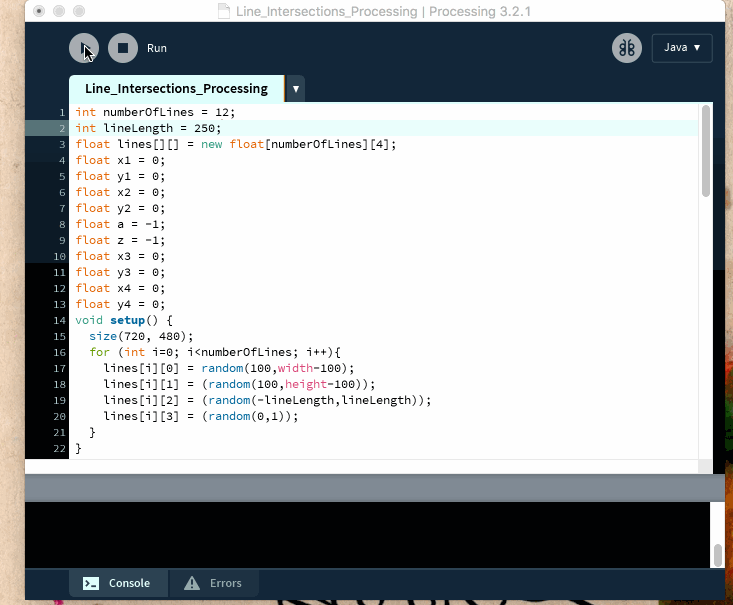 A gif of me running my “Intersections” code in Processing.
A gif of me running my “Intersections” code in Processing.
